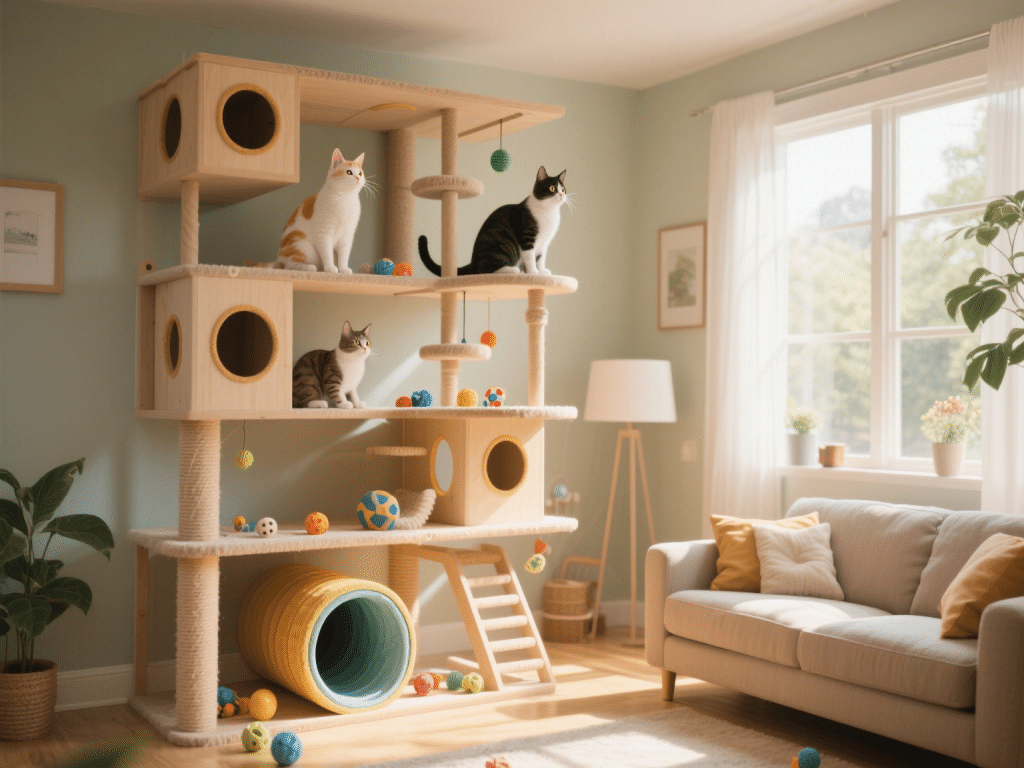
In over a decade advising cat owners, I’ve seen time and again that boredom is the root of many behavioral issues. Without stimulation, cats can become overweight, anxious, or destructive. But with thoughtful environmental enrichment, indoor cats can thrive—exercising body, mind, and spirit. Drawing on the latest feline environmental psychology research and my hands‑on work designing cat-friendly spaces, this guide reveals practical ways to craft a multi-dimensional indoor playground that satisfies natural instincts and strengthens your bond.
Vertical Territory: Climbing and Perching
Cat Trees and Shelves: Install sturdy shelves at various heights to allow climbing—cats feel safest when they can observe from above.
Window Perches: Secure perches at windows to turn daytime bird‑watching into natural enrichment. Add a bird feeder outside for extra stimulation.
Tactile and Sensory Enrichment
Varied Textures: Mix sisal scratching posts, carpeted ledges, and soft fleece beds—novel textures engage paws and senses.
Interactive Toys: Rotate battery‑operated toys that mimic prey movements; unpredictability sparks curiosity.
Cat-Safe Plants: Place potted cat grass or catnip in safe spots for sensory exploration.
Puzzle Feeders and Treat Dispensers
Incorporate meal times into enrichment:
Ball Feeders: Cats bat around balls to release kibble.
Slow-Feed Bowls: Patterned bowls force cats to work for each bite, slowing ingestion and stimulating the brain.
Hide-and-Seek Challenges
Tunnels and Boxes: Cardboard tunnels, paper bags (without handles), and nesting boxes offer safe hiding and ambush points.
Rotating Layouts: Rearrange hiding spots periodically to keep the environment novel.
Social Enrichment and Routine
Interactive Play Sessions: Schedule consistent playtimes—morning “hunt” and evening “hunt” align with crepuscular activity.
Sound Enrichment: Soft recordings of bird songs or rustling leaves can provide mental stimulation, especially during alone time.
Monitoring and Adjusting
Track your cat’s preferences—some favor vertical climbs, others love puzzle feeders. Keep a simple journal of activity and adjust enrichment types and frequencies accordingly.
Expert Insight
“Enrichment should address physical, mental, and social needs,” emphasizes animal behaviorist Dr. Julia Morales. “A healthy indoor cat environment mimics the variety found in the wild—perches, prey simulation, and occasional novelty.”
Conclusion
Transforming your home into a dynamic playground ensures your indoor cat remains agile, curious, and emotionally balanced. By combining vertical structures, tactile variety, puzzle feeders, and hide‑and‑seek opportunities, you’ll create a rich environment that honors your cat’s instincts and deepens your companionship.


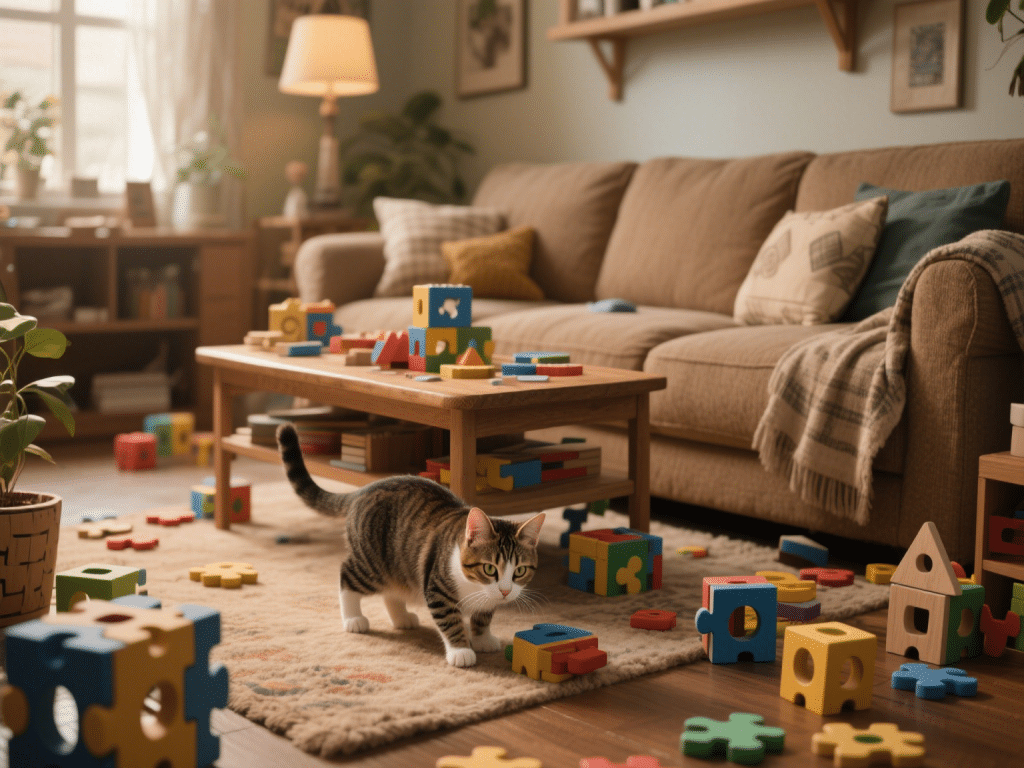
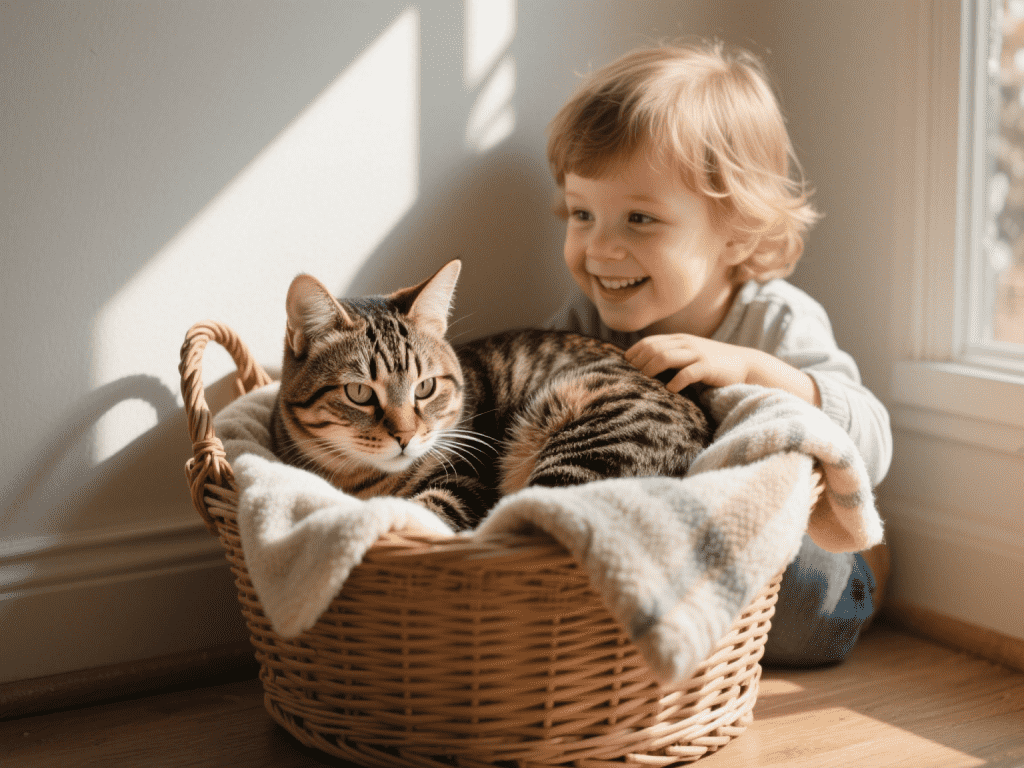
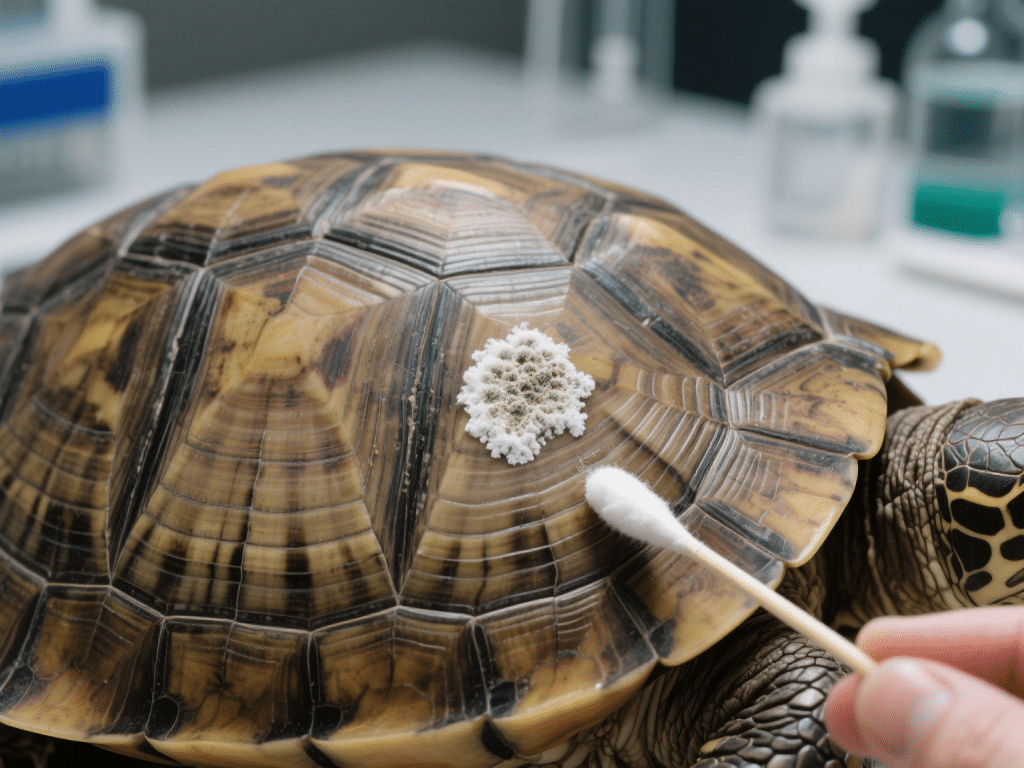
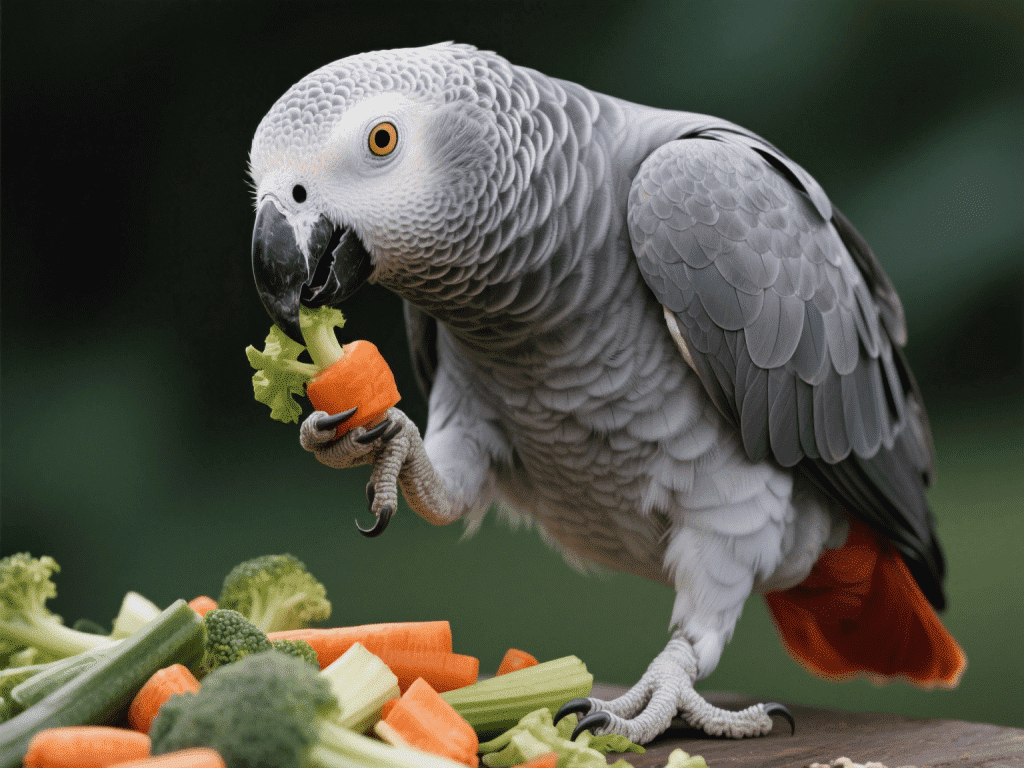
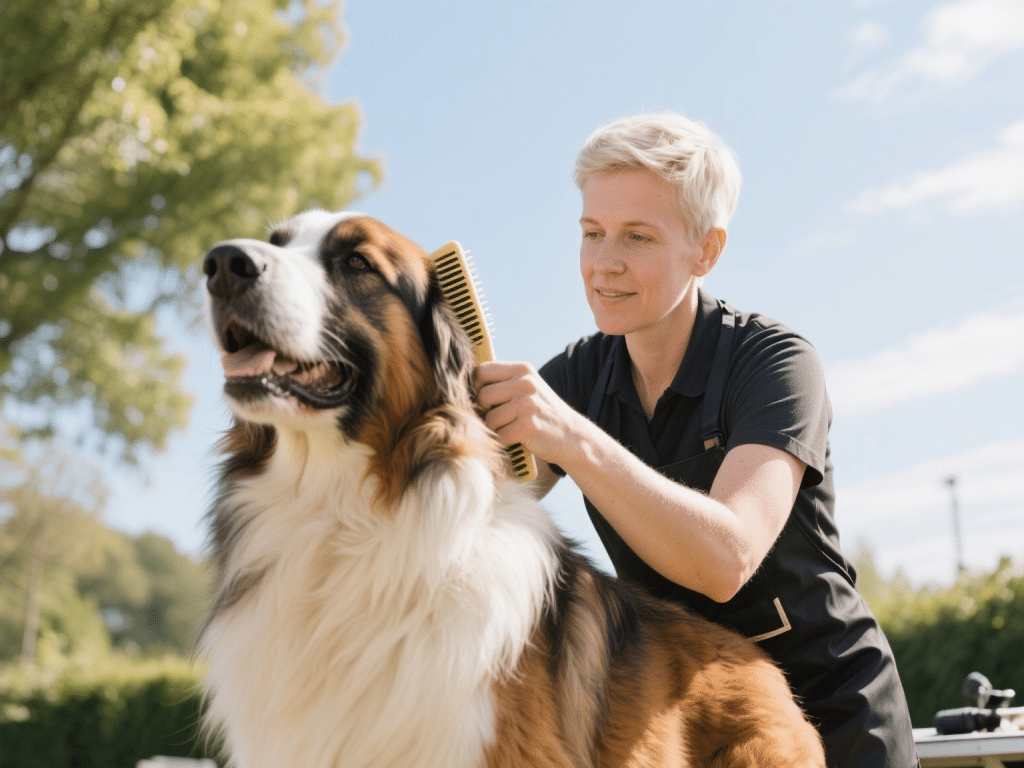

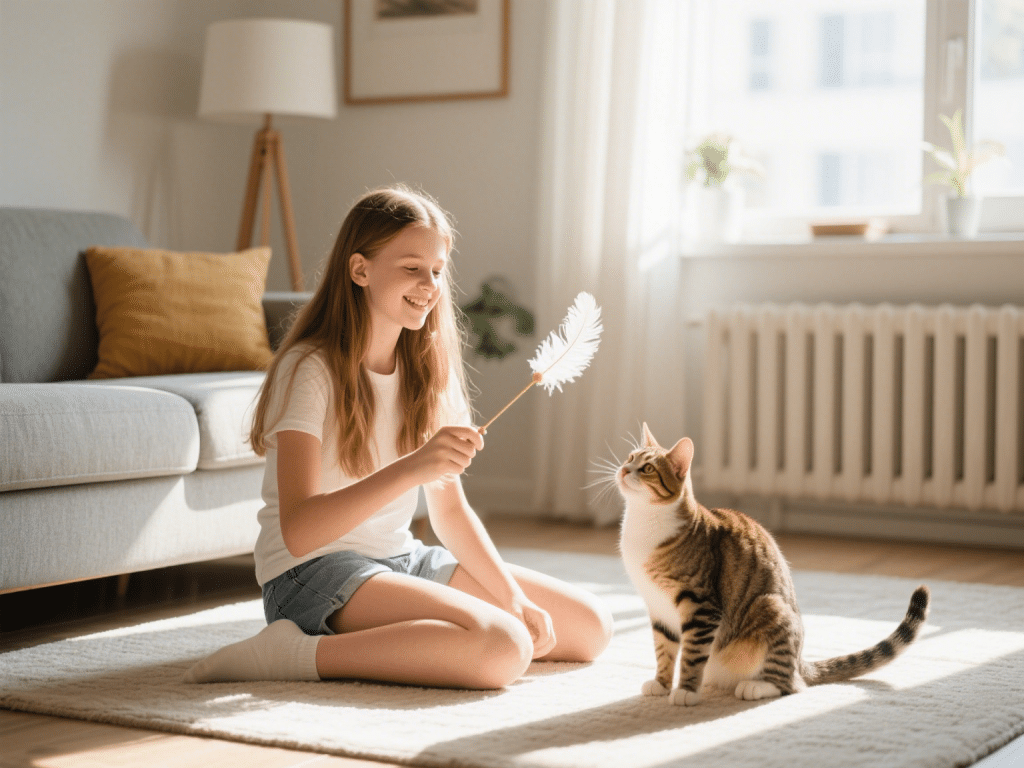
Comments on " Creating the Perfect Indoor Playground: Enrichment Ideas for Happy Cats" :